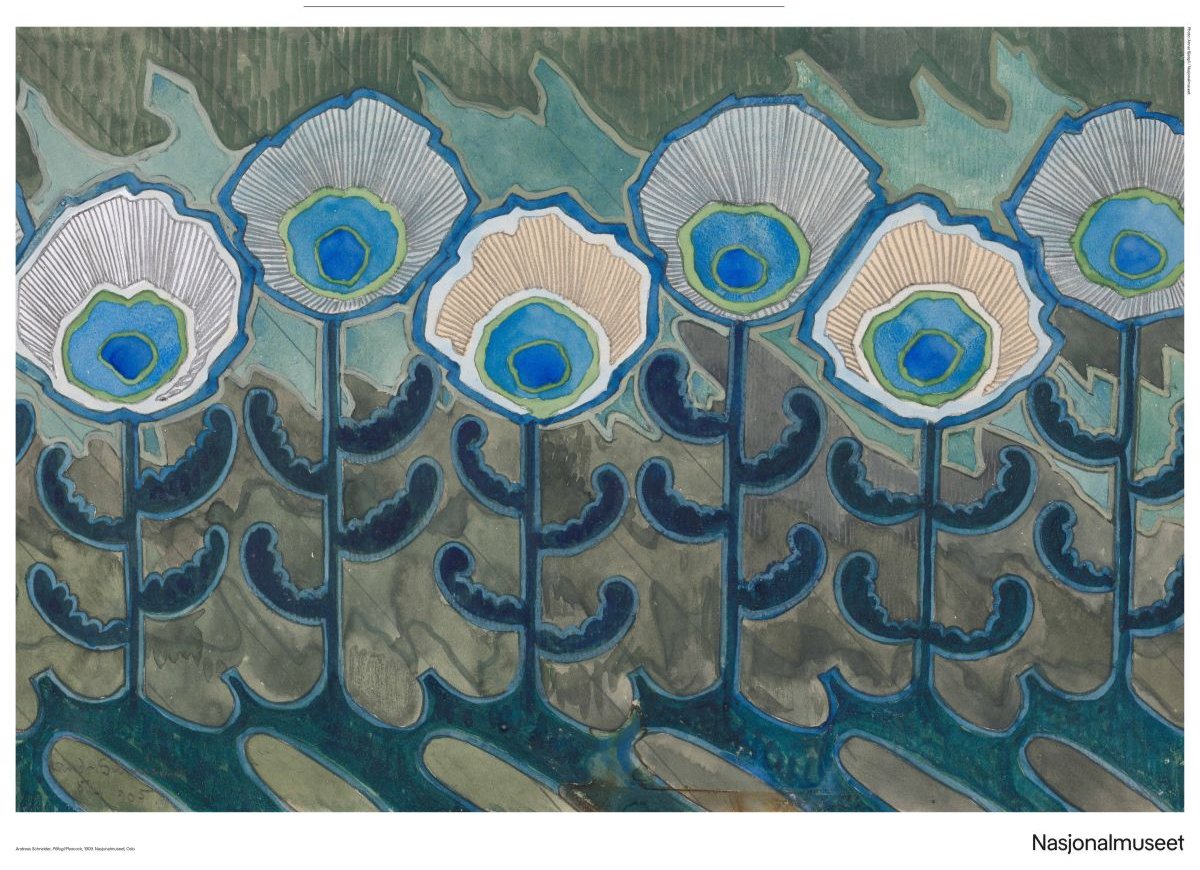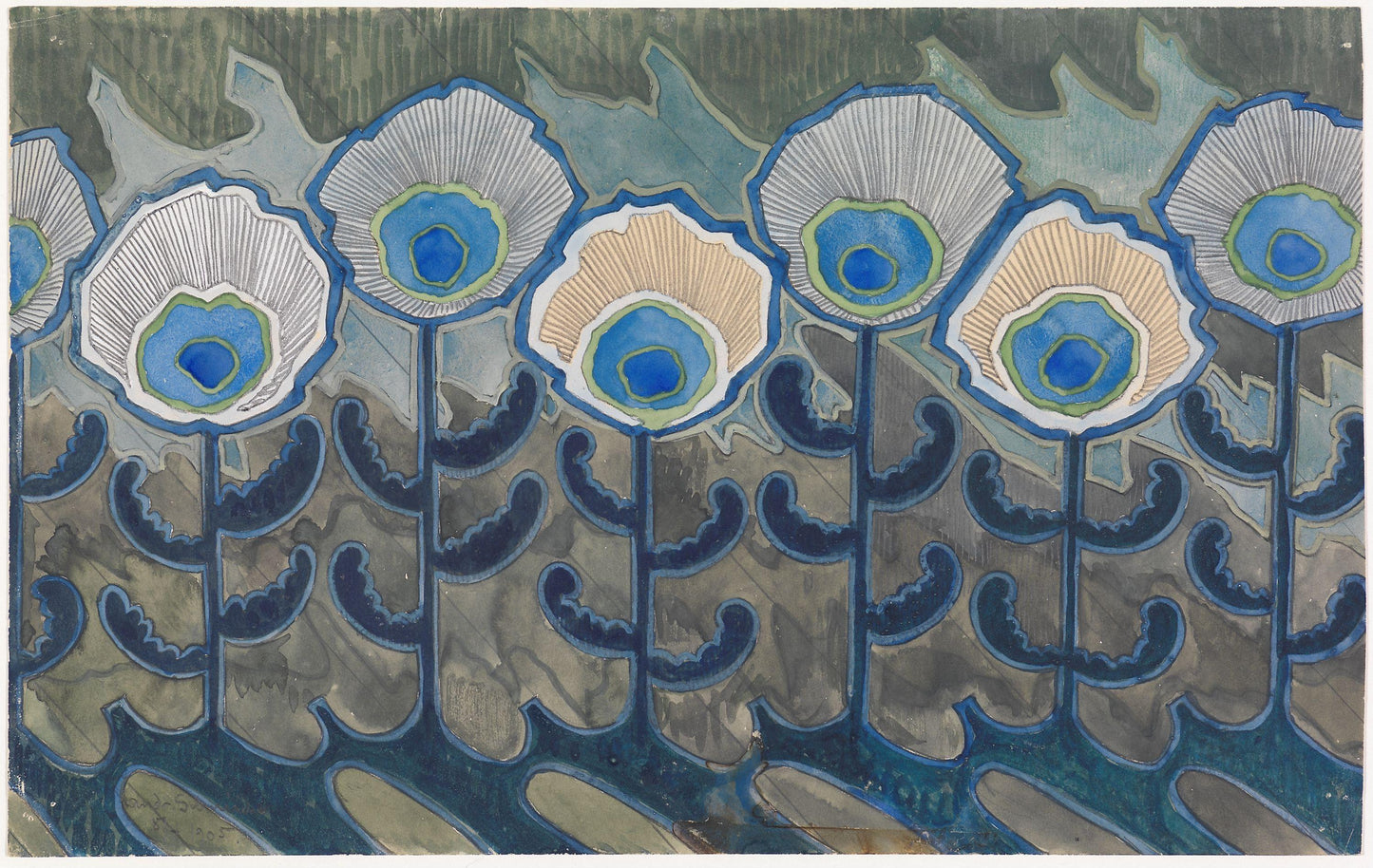Andreas Schneider
Horses on the mountain
Horses on the mountain
Pickup available at DÁIDDA galleri & printlab
Usually ready in 2-4 days
High-quality reproductions with authentic colors and details from DAIDDA's exclusive collaboration with the National Museum. Posters are printed on 230g Litho White Matt photo paper with white border and logo. Artprints are printed on 260g Museum Natural Rag 100% cotton paper without white border and logo. Produced to order in our own print lab.
About the original:
Date: 1889
Other titles: Horses in the Mountains (ENG)
Designation: Painting
Material and technique: Oil on canvas
Technique: Oil
Material: Canvas
Dimensions: H 140 cm x W 200 cm
Subject: Visual arts
Classification: 532 - Visual arts
Motif: Animals, Mountains
Type of motif: Landscape
Shipping and returns
Shipping and returns
Shipping: We deliver to Scandinavia, the EU, the USA and several other countries. Please contact us if your country is not listed and we will try to arrange delivery.
Delivery time: 2-5 days within Norway, 7 days in Europe, 14 days globally.
Packaging: Our products are made to order and sent rolled in environmentally friendly packaging.
Customs Fees: International orders may be subject to customs fees, which are not included in shipping costs.
Return policy: You can return images within 14 days. See our returns page for more information.
Secure Payment: We never store your payment details. See our privacy policy for details.

Andreas Schneider
Andreas Schneider was a Norwegian ceramist and one of the country's most renowned and innovative in the field around 1900. He is considered Norway's first workshop ceramist and is particularly known for his Art Nouveau-inspired works with thick, liquid glaze. His works in the art nouveau style are sometimes considered to be on a par with the best works in Europe. Schneider's pioneering efforts were decisive for the development of Norwegian ceramics in the first half of the 20th century.
In terms of his painting career, Schneider was moderately successful. He often participated in the National Art Exhibition (Autumn Exhibition), where he first exhibited in 1884. He painted landscapes and portraits, and although he was considered talented, he was not seen as particularly original. In 1894 he held his first and only solo exhibition as a painter.
In the same year, Schneider traveled to Copenhagen to try to get a place at Kristian Zahrtmann's painting school, but the school was full. Instead, he began working at Kjøbenhavn's Lervarefabrik in Valby in the winter of 1894/1895, under the guidance of his master friend G. Eifrig. At the time, Thorvald Bindesbøll, one of Denmark's foremost artists and ceramicists, was artistic director at the factory.





